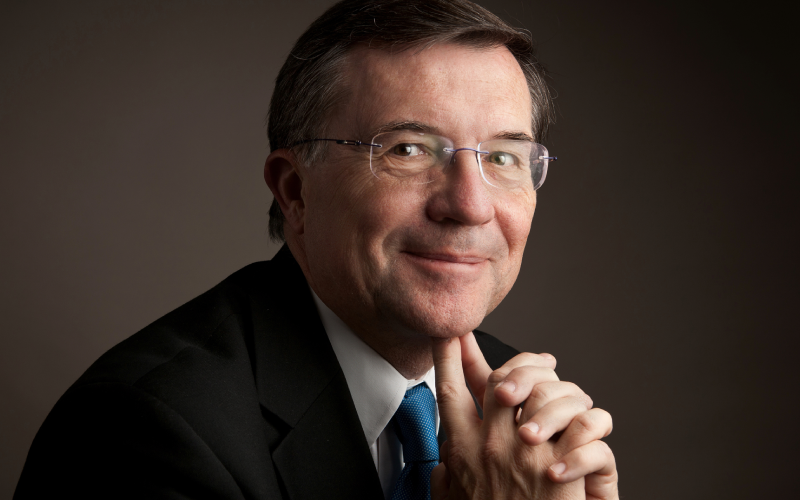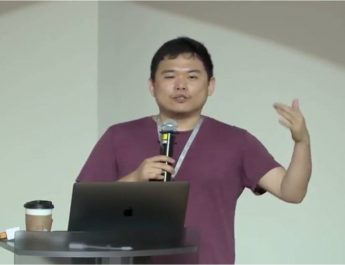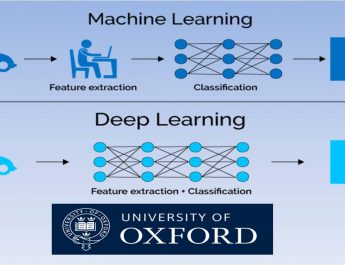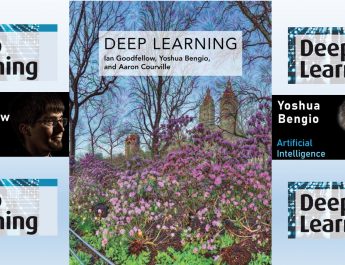Deep learning is based on technical advances made by the neural network revolution in the 1980s. Why did it take so long for neural networks to recognize speech and objects in images at human levels? What were the breakthroughs that made deep learning possible? Which industries will deep learning disrupt and how will deep learning change your life? These are some of the issues that Professor Terrence Sejnowski will explain.
“Intelligence is basically problem-solving, being able to take a puzzle and understand, get to the bottom of it and to be able to use it.”
“The leaders in the field including Marvin Minsky at MIT thought that our ability to if we could do logic and we could play games learning how to play for example backgammon, checkers that should lead directly to enormous advances and in producing a program that could think.”
“One of the first grants at the MIT AI lab that Marvin Minsky founded was a DARPA project funded by the military to build a robot that could play ping-pong. They got the grant, millions and millions of dollars and so they set out to build a robot and they realized they had forgotten to ask for any money to build a vision system. And the story goes that they assigned it as a summer project to a graduate student little knowing how difficult the problem was it would take literally 30 years and a million times improvement in computer speed and memory to even come close to human abilities. But none..”
“This is an interesting story.. I actually talked to Marvin about this. I thought it was an apocryphal story. But it turns out I told it, Marvin. He said well he got it all wrong. We did not assign it to a graduate student. We assigned it to undergraduates.”

“Here’s the proof I actually found in the MIT archives. The summer vision project and so they actually were there. The goal was to attempt to use our summer workers effectively in the construction of a significant part of a visual system. Needless to say, they didn’t make much progress in that and the reason was that vision is something we take for granted. Because evolution has worked on it for hundreds of millions of years and it’s that we’re not conscious of all of the heavy liftings that is done by all the subcortical circuits and all the different visual areas and and therefore and by the way this is true of the motor system as well we’re extremely flexible when we can do all these amazing things play tennis and so forth and those are these are extremely difficult to program.”

Professor Terrence Sejnowski is one of the most important figures of recent decades in the fields of neuroscience and artificial intelligence. Terrence Sejnowski has had a remarkably diverse an influential career starting with a Ph.D. in physics from Princeton University in 1978 then moving to the Department of Neurobiology at Harvard Medical School then the department of biophysics at John Hopkins denti-cal Tech as a visiting professor of Neurobiology and a Sherman Fairchild Distinguished Scholar at Caltech.
He is also a Professor of Biology at the University of California, San Diego, where he is co-director of the Institute for Neural Computation and co-director of the NSF Temporal Dynamics of Learning Center. He is a pioneer in computational neuroscience and his goal is to understand the principles that link the brain to behavior.




